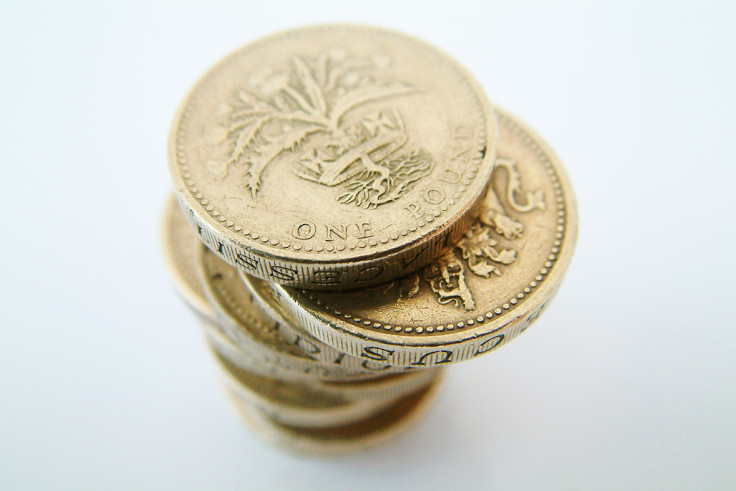FX Focus: Pound tumbles to lowest level since January amid Brexit worries
Sterling falls below $1.22 as political uncertainty spooks markets ahead of Spring Budget.

The pound was on track for its eight consecutive losing session after hitting a new seven-week low against the dollar on Tuesday (7 March), amid increasing worries over the Brexit process and the upcoming Spring Budget.
Sterling fell to $1.2192, its lowest level against the dollar since 16 January, and slipped to one-month low €1.1525 against the euro earlier in the session. By early afternoon, the UK currency remained 0.35% and 0.29% lower against the greenback and the euro respectively, trading at $1.2197 and €1.1536.
"Investors seem edgy ahead of a second vote to Britain's upper house of parliament on granting Prime Minister Theresa May the power to trigger the formal Brexit negotiations," said FXTM research analyst Lukman Otunuga.
"Sterling weakness could be a recurrent theme moving forward with the buying sentiment towards the currency remaining frighteningly low ahead of the Article 50 invoke."
Deutsche Bank strategist Oliver Harvey added: "Market tension is starting to pick up again. The politics should be a catalyst, particularly if the negotiations start off on the wrong note.
"People have talked about a bounce back in sterling [since October], but really it has been a story of massive under-performance. It is the only major currency down against the dollar this year."
Across the Atlantic, the dollar gained ground on most of its rivals after official data showed the US trade deficit widened to a near five-year high in January. The nominal trade deficit rose from $44.3bn to $48.5bn, mainly due to a strong 2.3% month-on-month rise in imports, which outweighed the more modest 0.6% monthly increase in exports.
The greenback was 0.45% higher against the Swiss Franc, trading at CHF1.0169 and rose 0.18% and 0.10% against the yen and the euro respectively, fetching ¥114.11 and €0.9462. The US currency, however, was broadly flat against the Canadian dollar and fell 0.21% against its Australian counterpart to AUD$1.3148.
The possibility of a rate hike in March surged from 30% to 80% last week, on the back of comments from a number of Fed policymakers, including Fed Chairwoman Janet Yellen. With only 10 days left before the decision, only a disappointing jobs report this coming Friday could alter the Fed's stance.
However, some analysts suggested the dollar might struggle to maintain its current rally, even should the Fed hike rates as expected.
"With expectations so high ahead of the March meeting – and for the year as a whole with the probability of three hikes around 50% – I wonder how much longer the dollar can sustain these moves," said Craig Erlam, senior market analyst at Oanda.
"A strong jobs report on Friday would surely give it another boost but I wonder whether expectations are getting a little too high all of a sudden."
© Copyright IBTimes 2024. All rights reserved.






